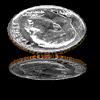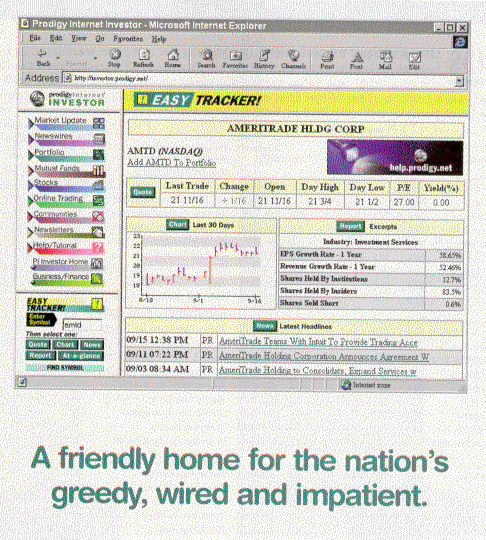
By the
middle of the 1980's, many insiders of the NYSE recognized that the combination
of increasing technological advancement and increasing daily volumes on
the exchanges was creating a demand for a new specialist system. The markets
were not ready for a completely automated system, but using information
systems technology to complement and update the current system seemed like
a positive and necessary solution. In 1987 engineers began converting stocks
to this new system, which would keep track of a specialists limit orders
and automatically execute trades when a securities price matched an order.
By 1989, all of the NYSE stocks had been converted to the new electronic
system and the manual limit order book was eliminated from the floor. The
effects that this system had on the market were immediately obvious.
The initial impact
that the system was supposed to have was to allow for increased volume.
Daily volumes would no longer be limited to how many limit orders a specialist
was physically capable of handling. This is a result of the fact that the
electronic book greatly increases the efficiency of the specialist by automating
the functions of the limit order book. Another impact, which was not as
obvious at first, is the effect that the system would have on price volatility.
Using trading volume and market movement as control variables, it is
found that at trading
volumes higher than 100,000 shares per day and in cases where the daily
price movement
is at least 3 ticks, excess intraday price volatility of stocks is lower
after EDB [electronic
dealer book implementation.
This could be explained by the fact that the electronic
system provides for a more controlled execution of trades, thus eliminating
the volatility associated with the random nature of matching trades manually.
Additionally, studies done after the implementation of the system showed
that the reduction in price volatility was achieved without a reduction
in liquidity, which some people were afraid might happen. As a result,
these studies concluded that the quality of the EDB market is considered
to be higher than that of the manual limit order book market. This was
concluded from the standpoint of reduced price volatility and from the
observation that the system served to "decrease the frictional losses due
to market mechanism." These are described as losses to both the dealers
and the investors resulting from the frictional movement of prices with
the manual system in place.

The electronic limit order book
was an important step in increasing the capability of the NYSE to handle
large volumes of trading without increased volatility and associated risk.
Additionally, it was an important step in moving towards further implementation
of information systems. By having such unanimous success from all standpoints,
this system showed people in the securities industry that automation is
a desirable goal, which can greatly increase the efficiency of the market.
Many people, in fact, chose to point to this example to express their ideas
that complete automation, referred to as "uncontrolled 'screen trading',"
would produce highly erratic price movement, but that this is not the case
when the specialist is assisted, rather than displaced by the computer.
As a result, participators in the securities markets were content to allow
information systems technology to complement, but not replace the current
market system.
1. Munshi, James. Stock Exchange Automation. Garland Publishing. New York & London. 1994.